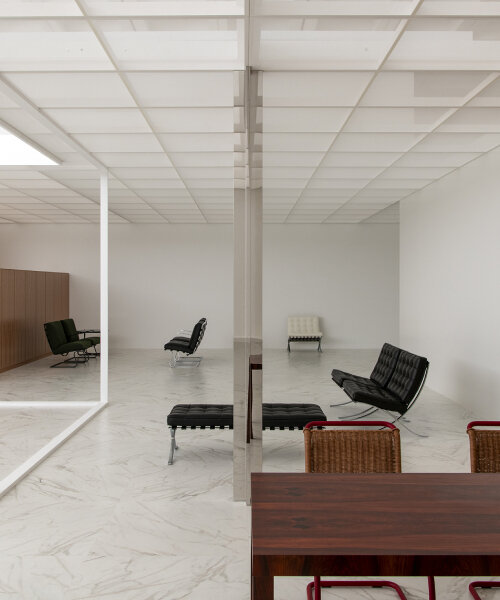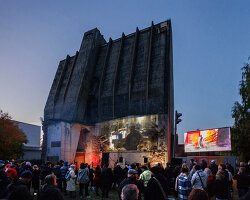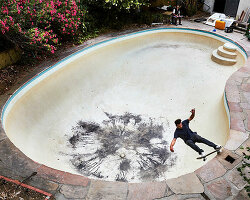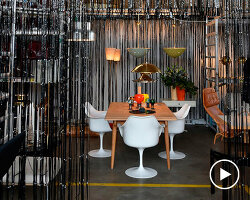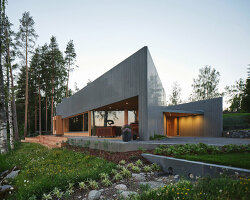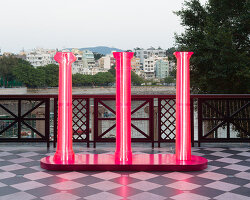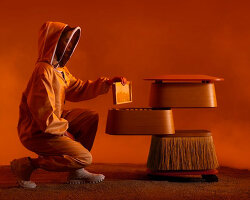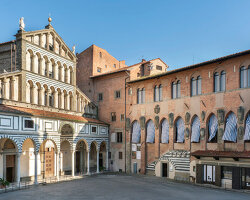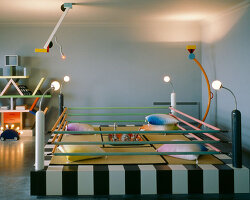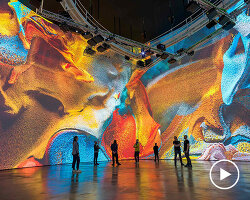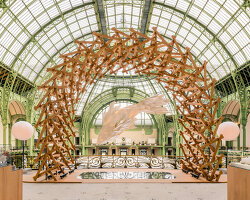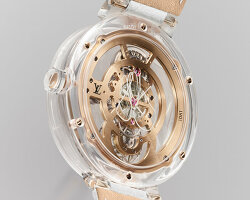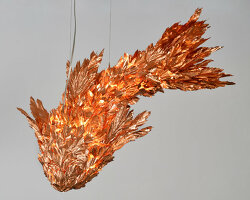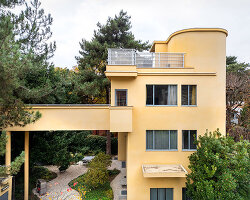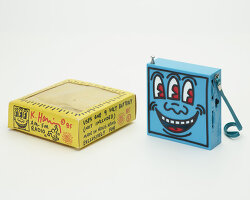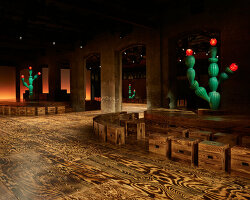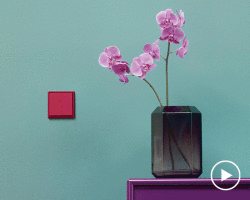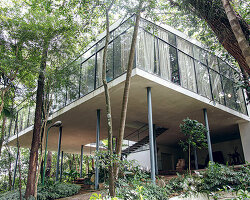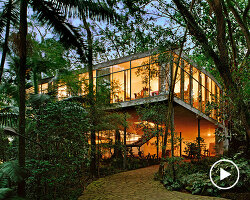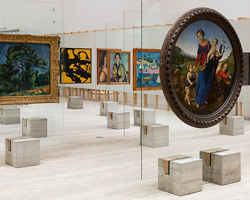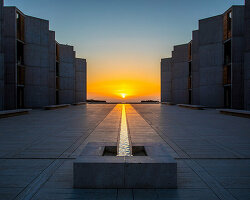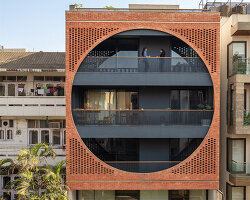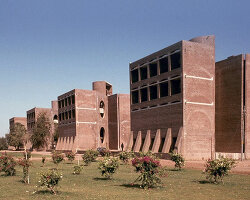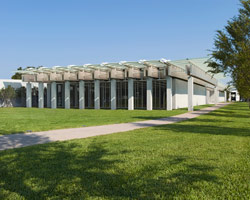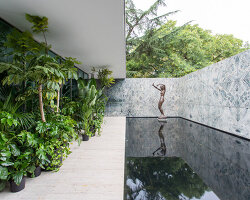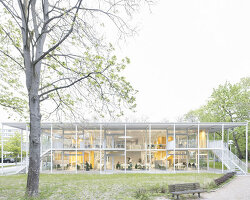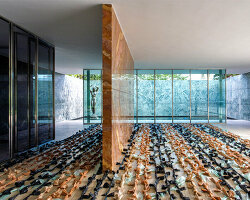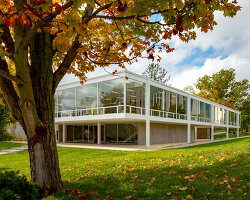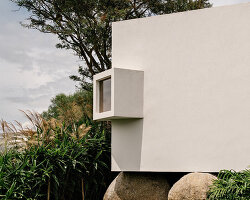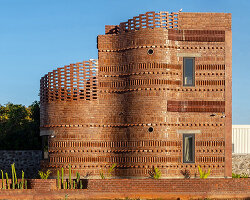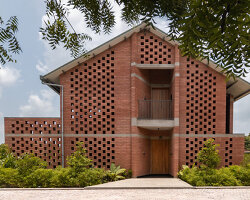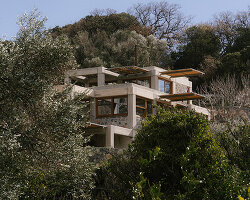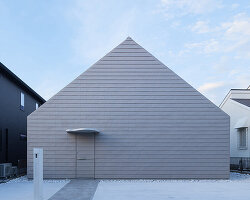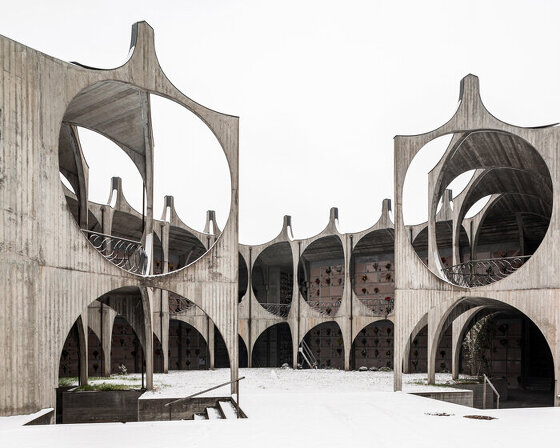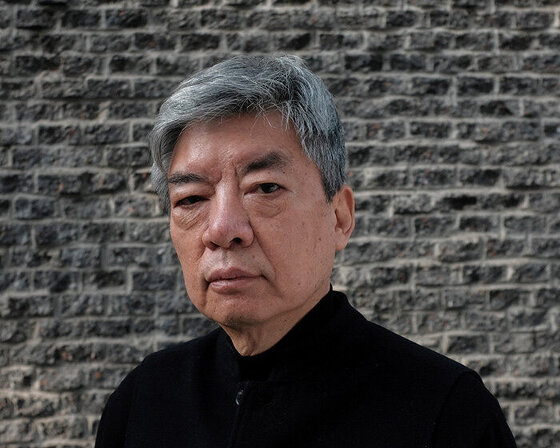living modernity: architectural experiments from 1920s-1970s
The 20th century saw an unprecedented shift in how architects approached domestic space, moving beyond stylistic consideration to reimagine the home in response to evolving social, technological, and material realities. Architects like Ludwig Mies van der Rohe, Le Corbusier, and Lina Bo Bardi were among those at the forefront of this movement, seeking to address social and economic shifts through housing solutions. The exhibition LIVING Modernity: Experiments in the Exceptional and Everyday 1920s-1970s, currently on view at Tokyo’s National Art Center, examines how architects across the globe reexamined the fundamentals of modern life — its challenges and possibilities — to improve functionality, artistry, and comfort in design. The exhibition explores the transformations of this period through seven key themes — hygiene, materiality, windows, kitchen, furnishings, media, and landscape — looking at how they shaped physical spatial forms and the ways in which people experienced and interacted with them.
As the show highlights across models, archival images, sketches, and furnishings, much of modernist housing was conceived as a response to multiple, sometimes competing, elements. Industrialization and mass production brought about new materials like reinforced concrete, steel, and glass, which allowed for radical spatial innovations such as open-plan layouts, expansive windows, and cantilevered structures that defied traditional constraints. At the same time, architects adopted context-first approaches as they sought to create homes attuned to their specific climates and cultures, and the family dynamics and characters of their individual residents. This dual impulse, toward universality and locality, defined the period’s most experimental developments, exemplified by structures such as Louis Kahn’s Fisher House in Pennsylvania and Alvar Aalto’s lakeside Murtala Experimental House in Finland.
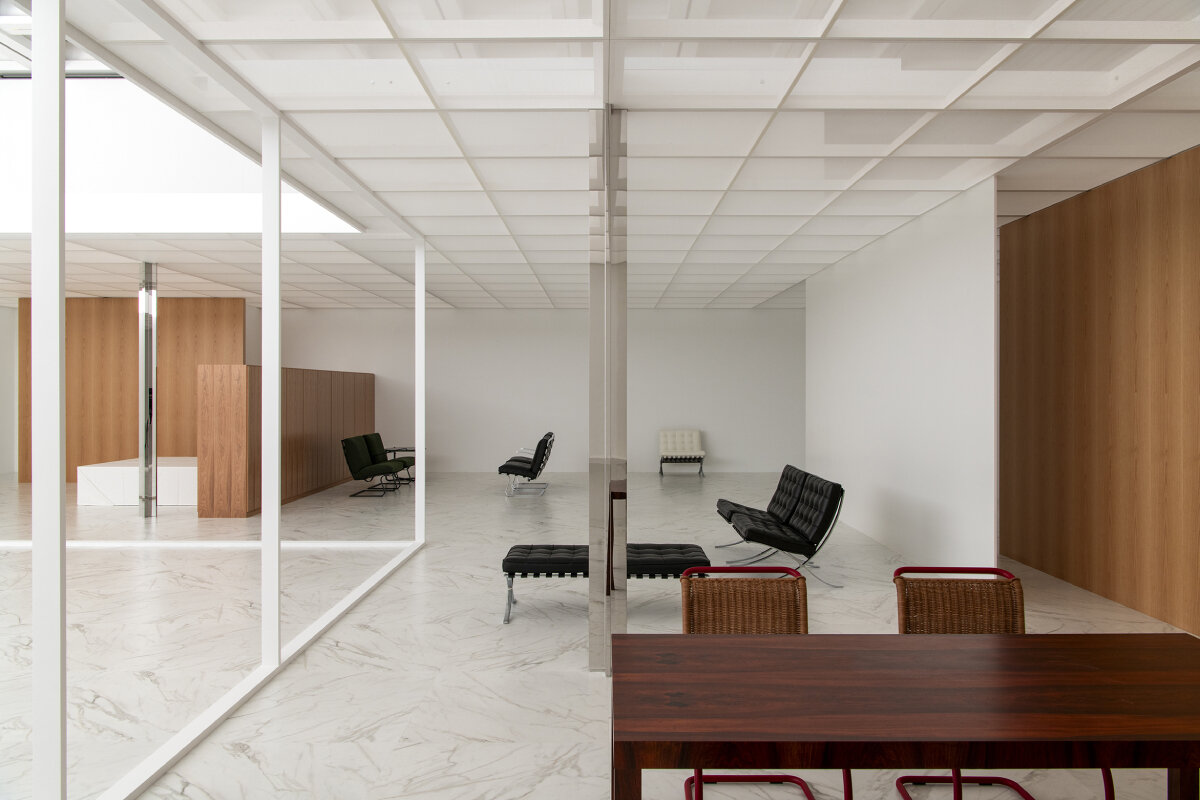
image courtesy of Kazuo Fukunaga
rethinking domestic living in the 20th century
Many architects began approaching the house as a site for testing new ideas and examining how architecture and design could revolutionize daily life. Mies van der Rohe’s Row House, partially reconstructed in the LIVING Modernity exhibition, exemplifies this experimental ethos. Designed in 1931 as part of his courtyard house series, the project reflects van der Rohe’s lifelong exploration of spatial fluidity, characterized by walls dissolving into glass and interiors and landscapes seemingly becoming one. Similarly, yet in contrast to this abstracted purity, Lina Bo Bardi’s Casa de Vidro, completed 20 years later in Brazil pursues a materially and ecologically responsive approach. The structure reinterprets modernist transparency within the dense tropical landscape using elevated concrete slabs and vernacular materials.
Hygiene also became a central concern in the early 20th century as cities grappled with public health crises. Beyond its stylistic impact, the embrace of white surfaces, open-air balconies, and functionalist layouts thus seeped into architecture as a response to the need for cleaner, healthier living conditions. The kitchen, too, was no longer relegated to the back of the house, and instead, it became an integrated space influenced by designs like Margarete Schütte-Lihotzky’s Frankfurt Kitchen, a precursor to modern modular kitchen systems realized in 1926. Compact, built-in cabinetry, standardized countertops, and integrated appliances all emerged as ways to make domestic labor more efficient, influenced by industrialism.
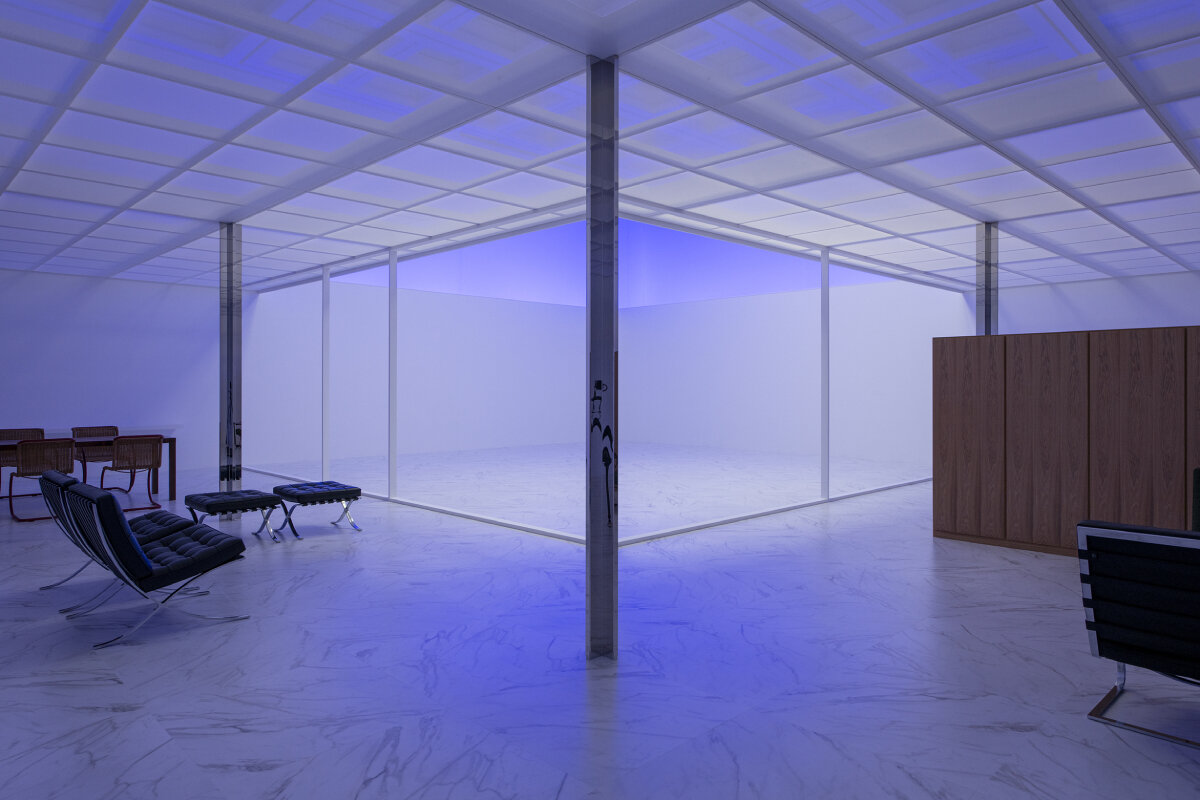
image courtesy of Kazuo Fukunaga
integrating nature and light into the modernist home
One of modernism’s most visible transformations was the treatment of windows. Advances in glass manufacturing and reinforced concrete construction allowed architects to replace solid walls with expansive glazing, creating a greater connection to the outside world. By inviting more natural light and ventilation into the home — reinforcing modernism’s emphasis on reconnecting with nature — features such as Le Corbusier’s ribbon windows or Mies van der Rohe’s floor-to-ceiling glass walls began to alter perceptions of the house as a space in dialogue with its surroundings.
Architects also began experimenting with other site-specific designs that responded to climate, topography, and vegetation through elements such as courtyards and terraces. Many modernist homes, such as Richard Neutra’s projects in California or Alvar Aalto’s in Finland, embody this sensitivity to considering the psychological impact of domestic architecture.
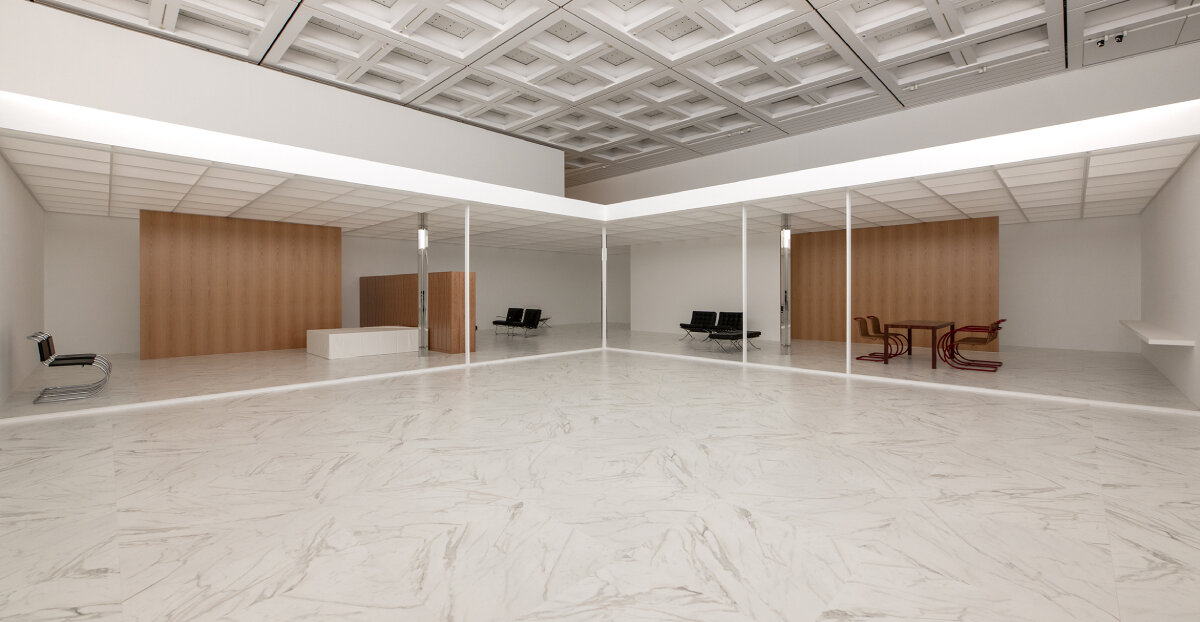
image courtesy of Kazuo Fukunaga
material experimentations influenced by industrialization
With the rise of industrial materials, architects embraced steel, concrete, and glass for lighter construction, allowing for larger spans, thinner walls, and an overall sense of spatial freedom. Alongside the technological progress that allowed for the domestication of these materials, many architects also reexamined traditional materials and their role in contemporary housing. Wood, tiles, and textiles were adapted to fit the modern aesthetic, with craftsmanship adapting to new functional demands. For example, Pierre Chareau’s Maison de Verre from 1932, featuring glass-block walls, exposed steel framing, and custom mechanical elements layered alongside wood detailing and handcrafted metalwork.
These principles extended to furniture and household objects, too, reinforcing modernism’s impact on shaping daily life. Architects from the Bauhaus school, such as Marcel Breuer and Ludwig Mies van der Rohe, designed chairs, tables, and lighting fixtures that combined the aesthetics they implemented across their architectural designs with ergonomic function. Many of their designs, like the Barcelona Chair, the Wassily Chair, or Alvar Aalto’s wood stools remain iconic and in production today.
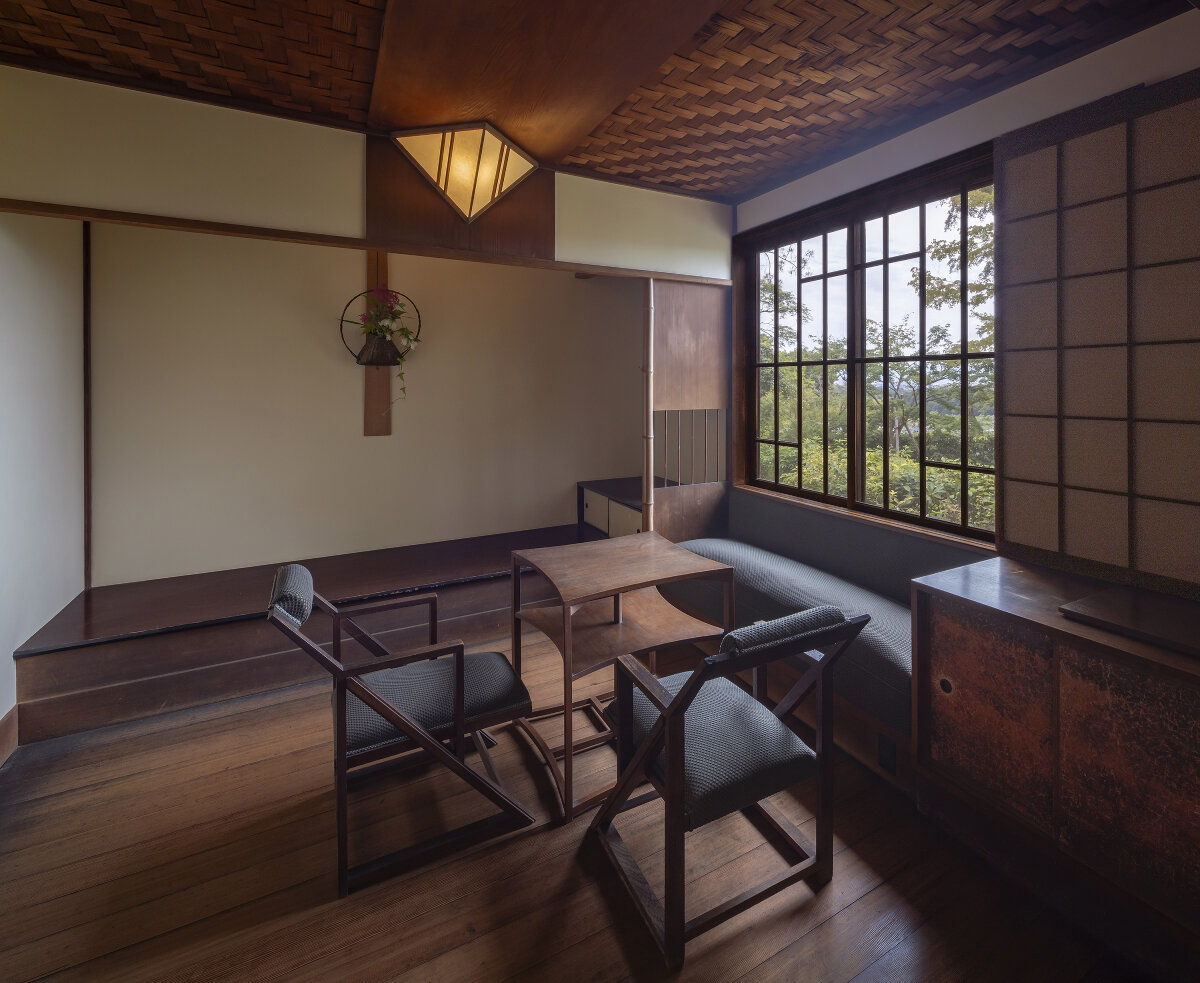
Kōji Fujii, Chochikukyo, 1928 | image courtesy of Taizō Furukawa
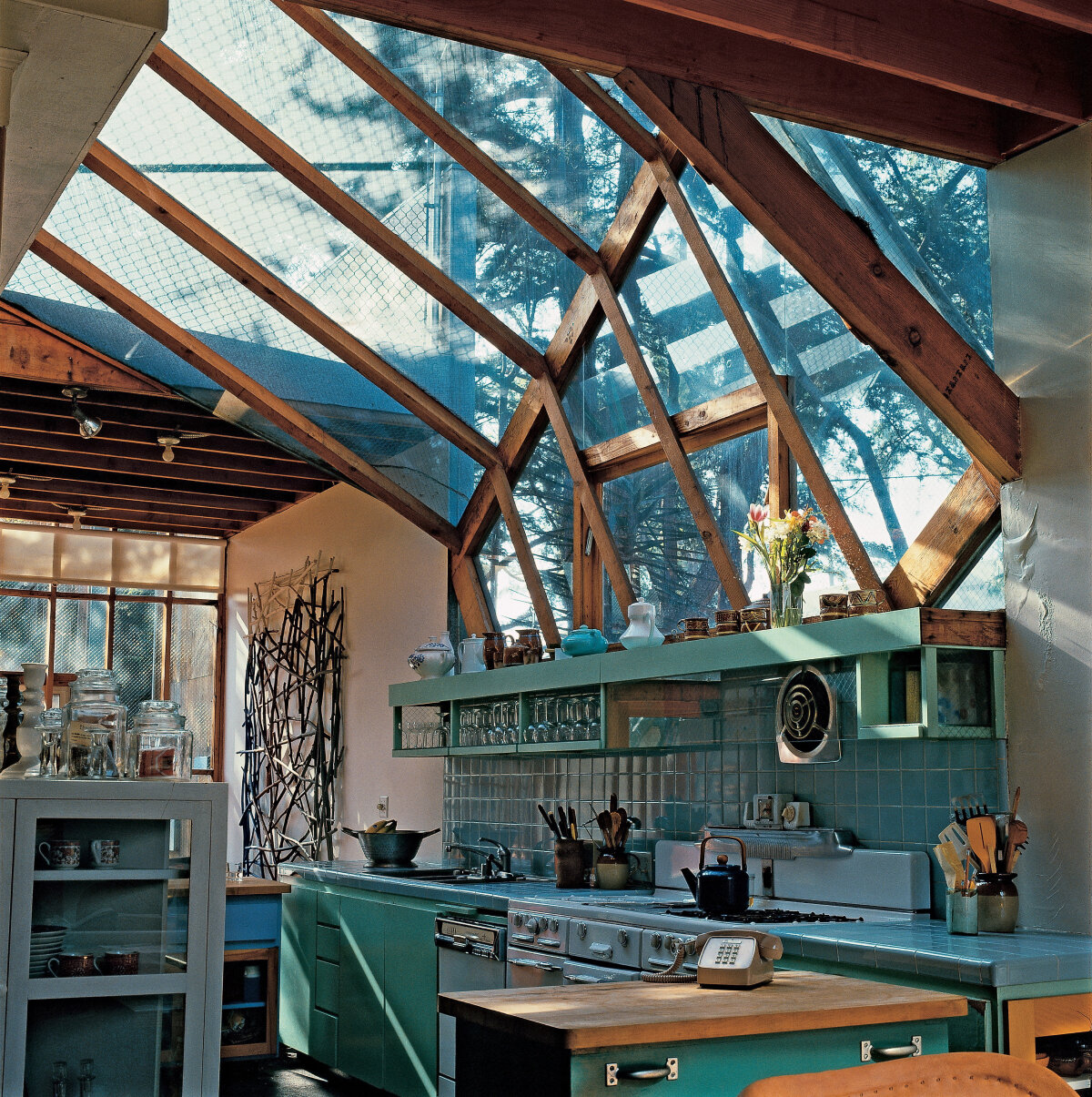
Frank Gehry, Frank & Berta Gehry Residence, 1978 | image © Frank O. Gehry. Getty Research Institute, Los Angeles
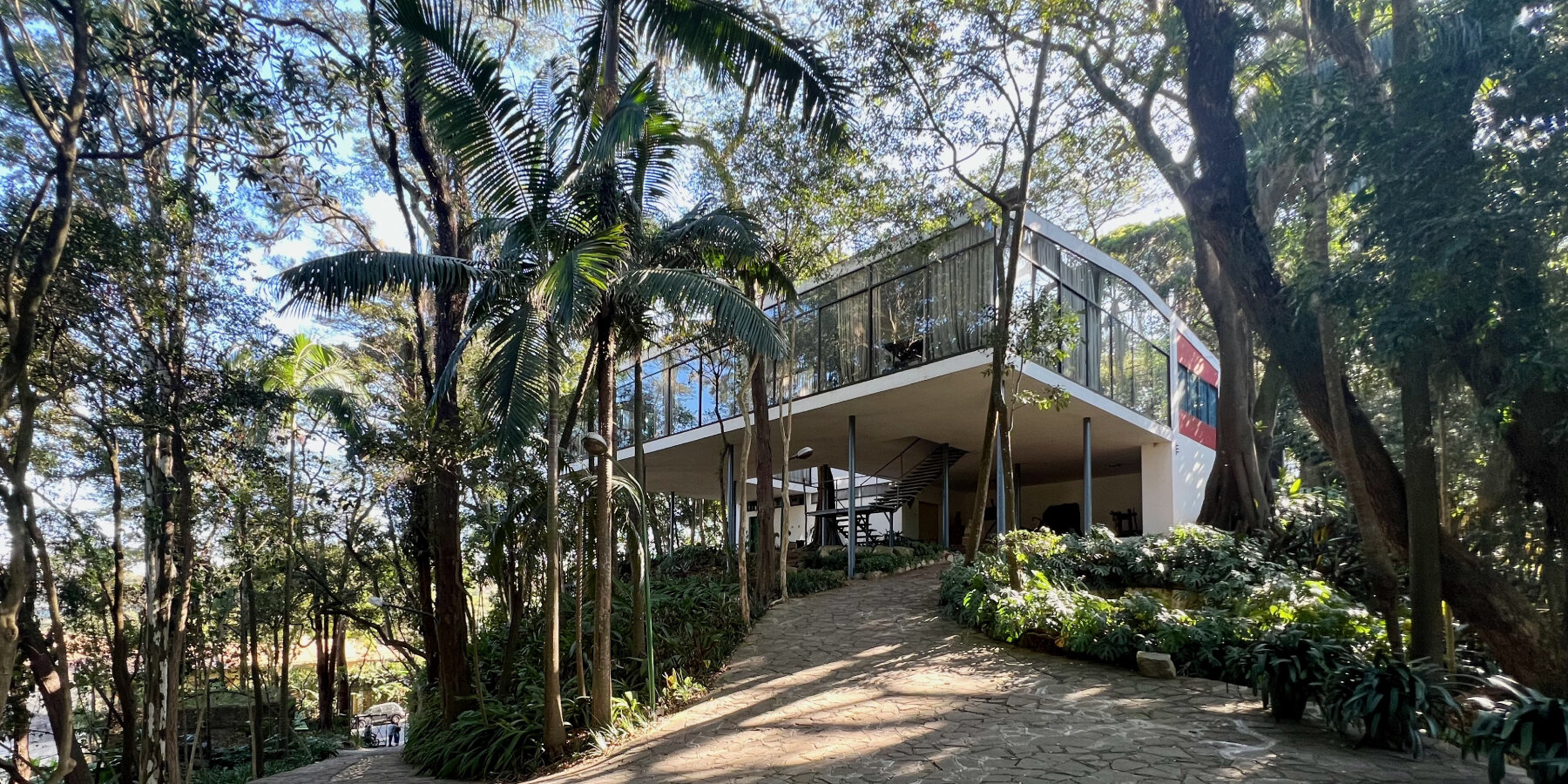
Lina Bo Bardi, Glass House, 1951 | image courtesy of The National Art Center, Tokyo
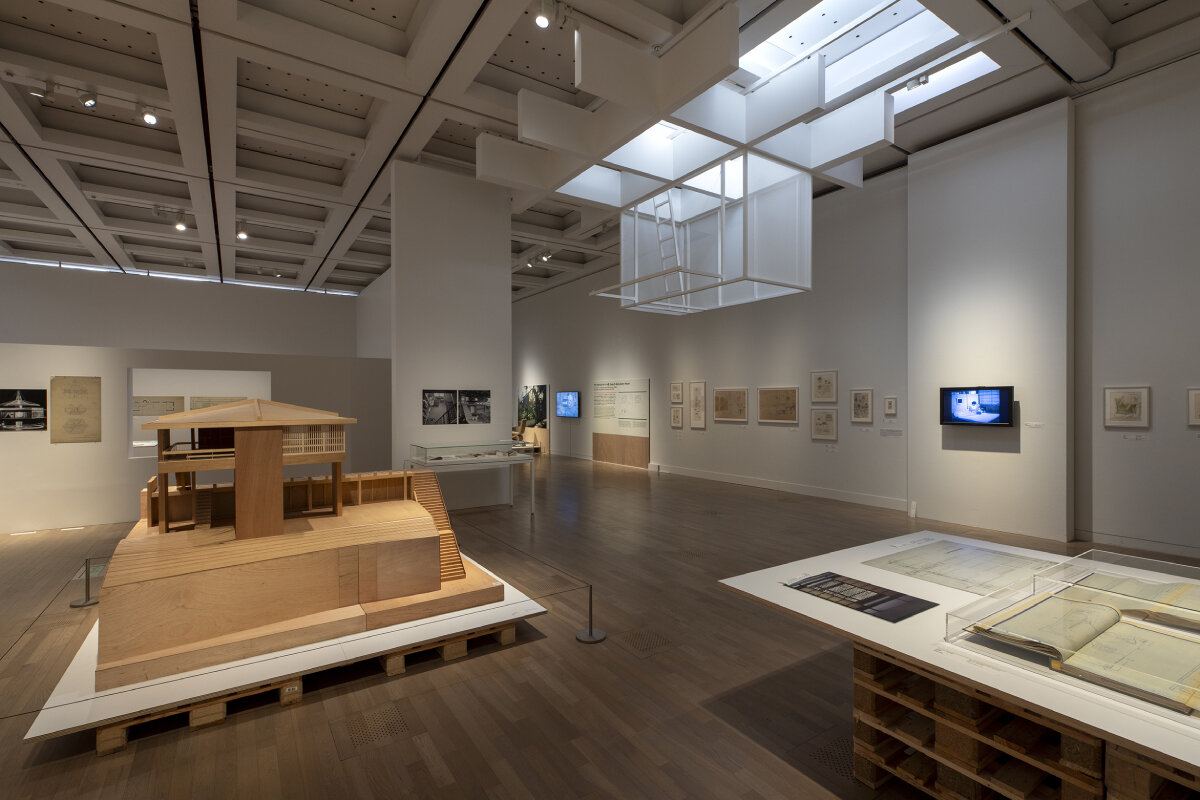
image courtesy of Kazuo Fukunaga
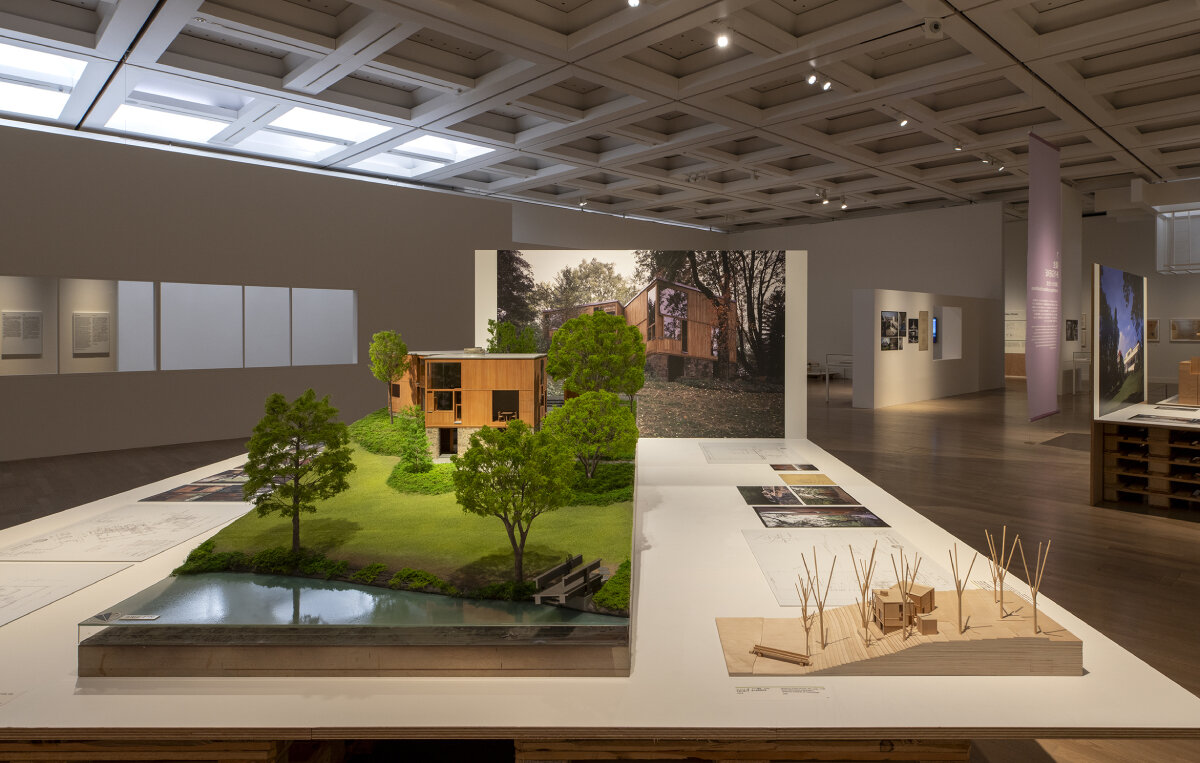
image courtesy of Kazuo Fukunaga
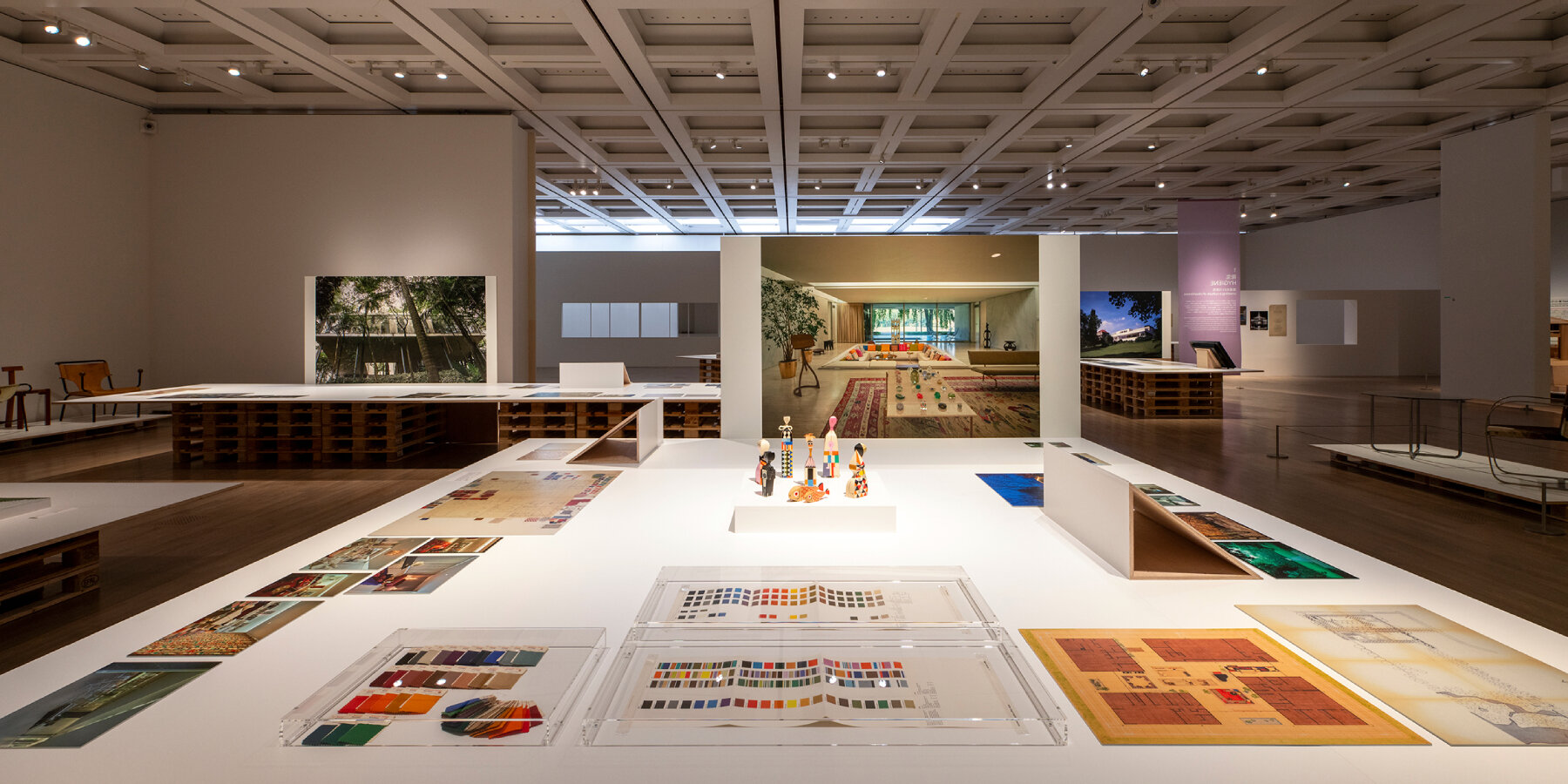
image courtesy of Kazuo Fukunaga
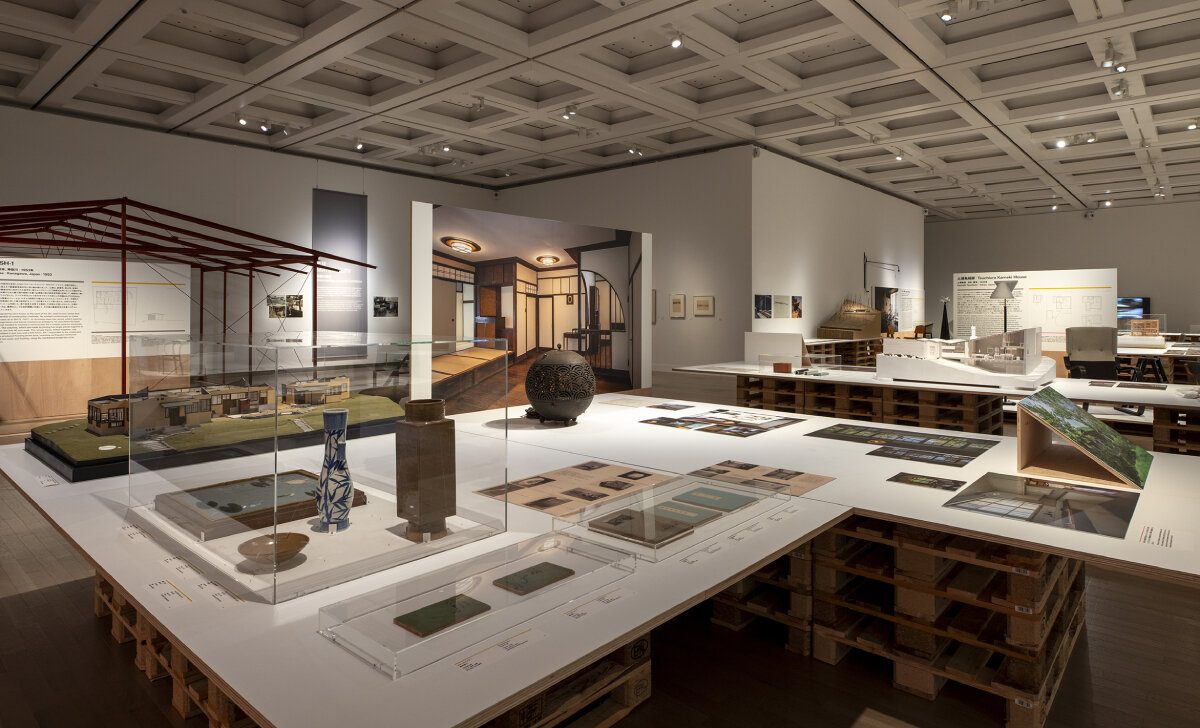
image courtesy of Kazuo Fukunaga
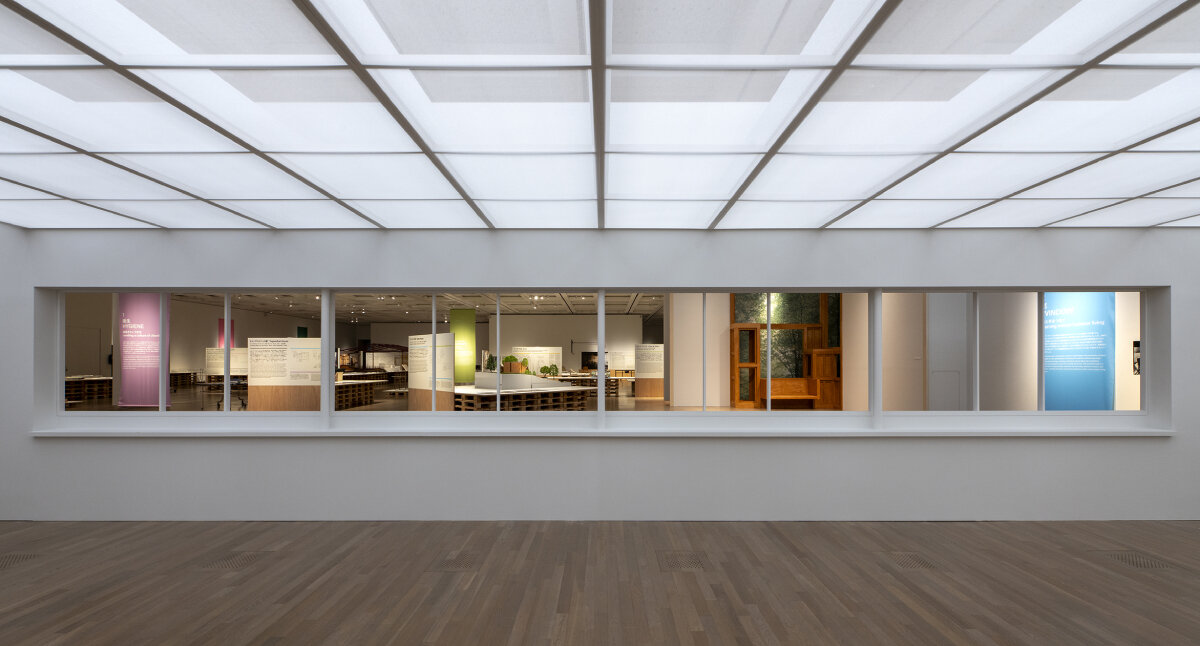
image courtesy of Kazuo Fukunaga
project info:
name: LIVING Modernity: Experiments in the Exceptional and Everyday 1920s-1970s
location: The National Art Center, Tokyo | @thenationalartcentertokyo
dates: March 19th — June 30th, 2025
